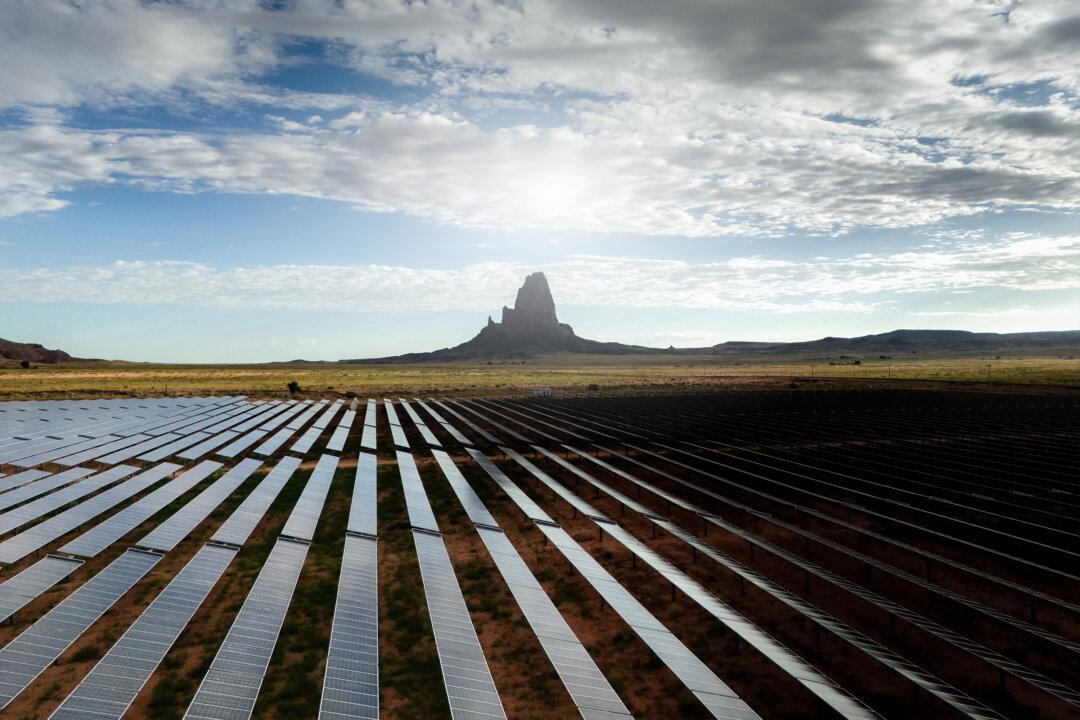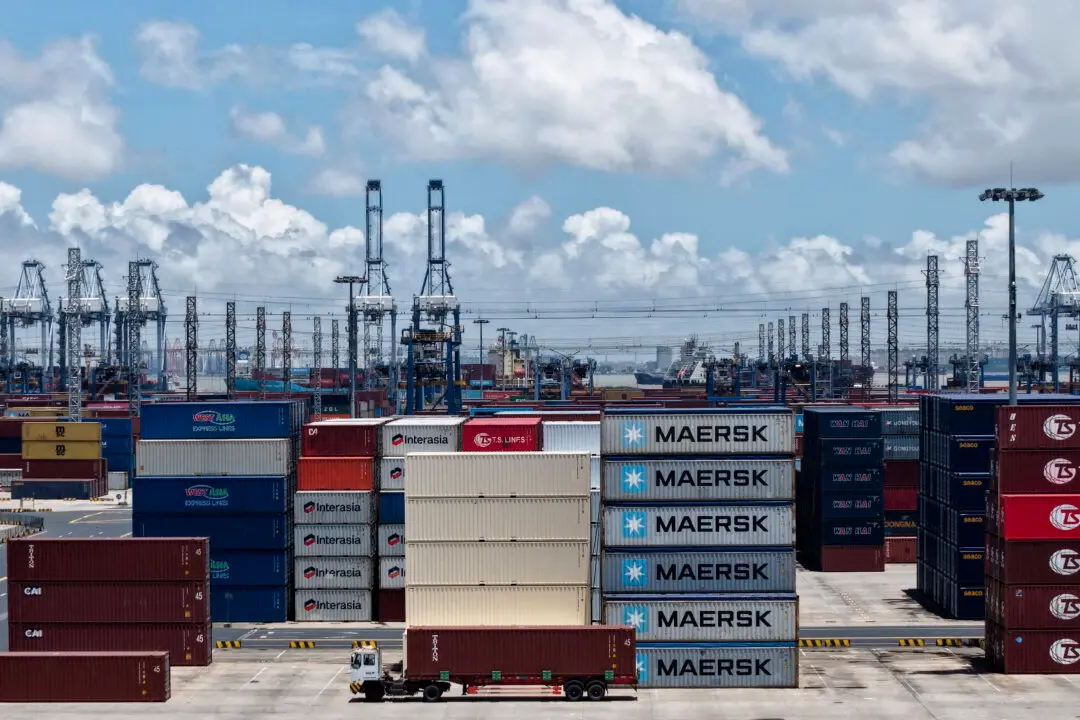The United States’ $60 billion solar energy industry is poised for rapid expansion over the next decade, although American manufacturers say they’re struggling to compete with low-cost photovoltaic (PV) cell imports from Southeast Asia factories mostly owned by subsidized Chinese corporations.
The Trump and Biden administrations both imposed tariffs on PV imports to level the playing field. However, with demand for solar energy projected to climb to more than 700 gigawatts (GW) by 2033 from 200 GW in 2023, the nation’s 10,000 domestic solar companies must rely on a China-dominated supply chain to stay in business.





